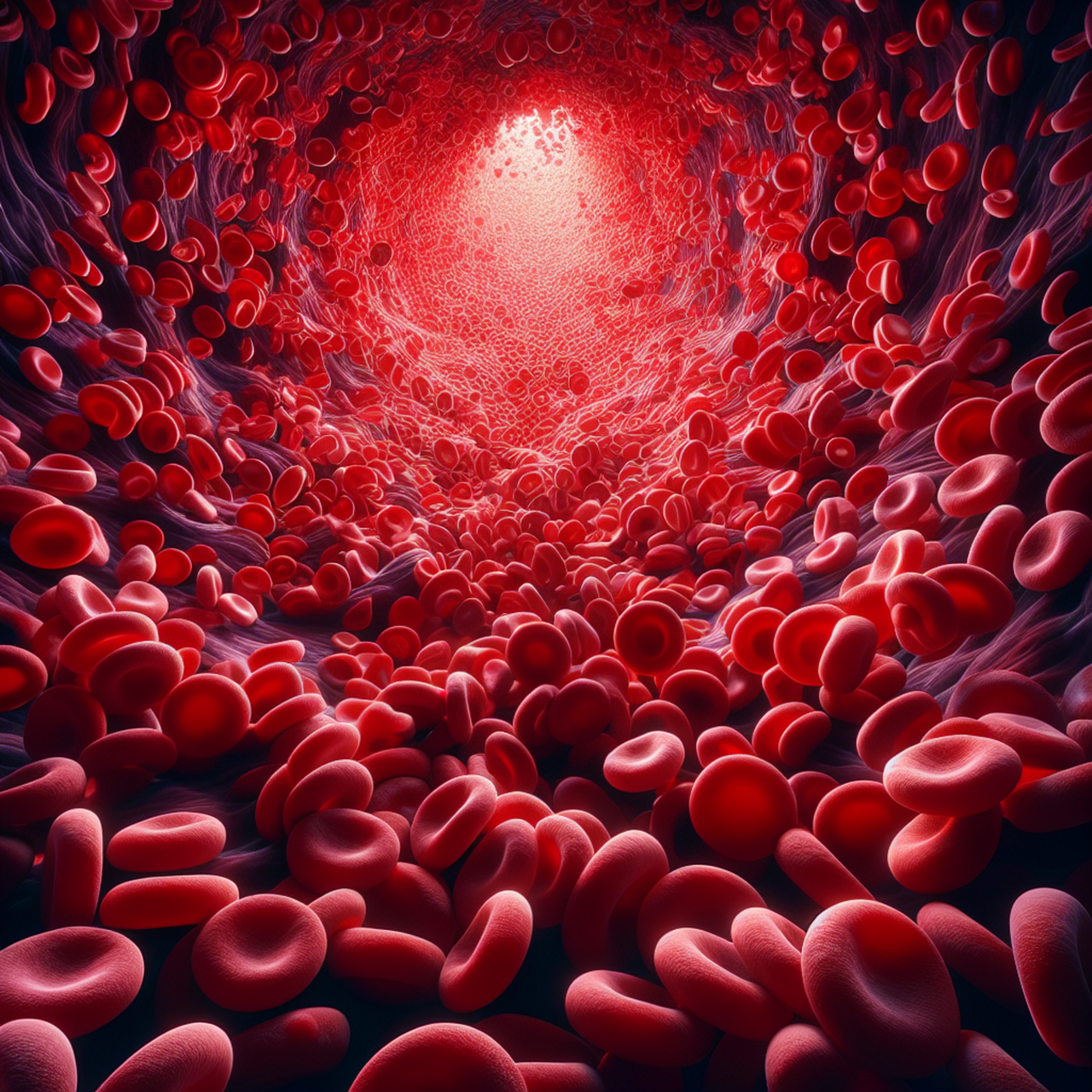Visit profile

Characterization of the molecular basis of labile heme as a prothrombotic modulator under hemolytic conditions
The metalloporphyrin heme is a complex compound consisting of a central iron ion and a porphyrin ring system that is widely distributed in the body as an essential component of hemoproteins, such as the oxygen transport protein hemoglobin. Imbalanced heme homeostasis leads to the release of heme, the removal of which from the circulation is usually regulated by several proteins, such as hemopexin. However, elevated intravascular heme levels are associated with prothrombotic, cytotoxic, proinflammatory and complement-activating effects that characterize the severe complications in patients with hemolytic diseases, such as sickle cell disease and transfusion-related hemolysis. Considering the high prevalence of thrombosis and the associated mortality, it is surprising that the mechanism of the prothrombotic effects of labile heme has not yet been fully elucidated at the molecular level. Among the most important proteins in this context, the components of the blood coagulation system, several proteins, including factor VIII, activated protein C and fibrinogen, have been identified as heme-binding or even heme-regulated proteins, while others (thrombin, FXIIIa) do not bind heme. Many questions regarding a possible interaction of heme with the majority of coagulation factors are still open. This project therefore aims to elucidate the transient interaction of heme with the coagulation factor FVIII and von Willebrand factor using biophysical (e.g. UV/Vis, SPR) and structural analytical (rRaman) methods. In addition, biochemical and hematological functional test systems as well as cellular approaches with high physiological relevance (e.g. platelet and endothelial cell function analysis) are carried out. The results obtained will be incorporated into the causal knowledge graph HemeKG in order to link the already known prothrombotic effects of heme and to work out previously unknown aspects of the influence of heme on blood coagulation. In summary, the procoagulant effects of heme will be investigated at the molecular, biochemical, bioinformatic and cellular levels using a variety of spectroscopic methods and functional assays. This will allow a more detailed characterization of the prothrombotic nature of heme and provide new perspectives for the treatment of hemolysis-associated thrombosis.
Publications
Mubeen, S., Domingo-Fernandez, D., Díaz del Ser, S., Solanki, D., Kodamullil, A.T., Hoffmann-Apitius, M., Hopp, M.-T.*, Imhof, D.* (2022) Exploring the complex network of heme-triggered effects on the blood coagulation system. J. Clin. Med. 11(19), 5975.
Hopp, M.-T.*, Ugurlar, D., Pezeshkpoor, B., Biswas, A., Ramoji, A., Neugebauer, U., Oldenburg, J., Imhof, D.* (2024) In-depth structure-function profiling of the complex formation between coagulation factor VIII and heme. Thromb. Res. 237: 184-195.
Assignments
Afia Riaz, Masterarbeit (M.Sc. Applied Natural Sciences) - Status: laufend
Fundings & Partners








